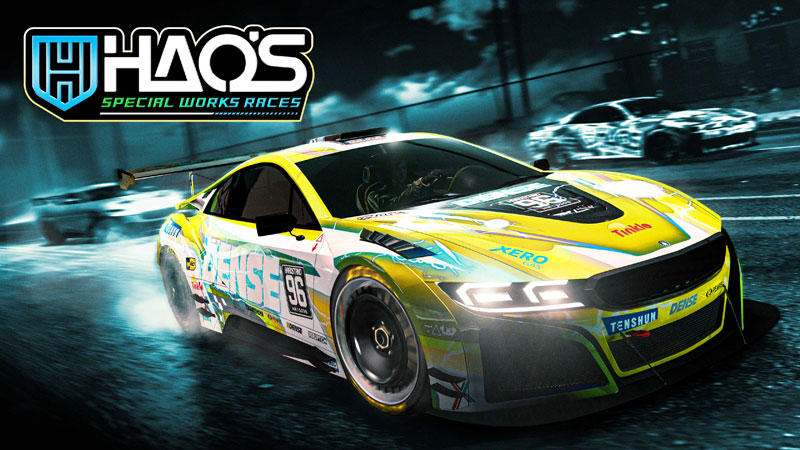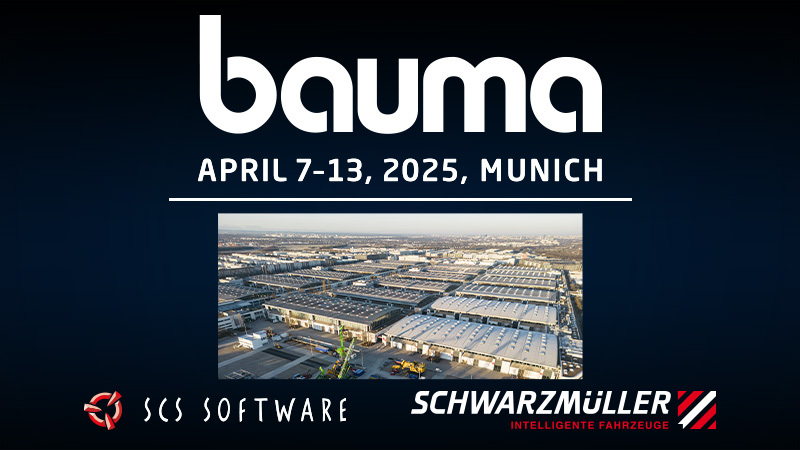
Star Wars showed me the gravitas of massive space battles, picking out constellations in StarLab during my elementary years romanticized the celestial bodies, Carl Sagan taught me about unexplored vastness of space and human potential—I spent my entire life accumulating wonder for space, whether for its unexplored scientific mystery or as a setting for outlandish adventure and play. VR might change that: Adr1ft showed me that the fantasy of free floating above earth isn’t as fun as I’d hoped. It kicked 12-year-old James in the teeth and said, ‘No. Space is cold, empty, and unforgiving. Go away.’ That’s why I’m excited to play the rest.
Slapstick in space
Space sickness
It’s worth noting that I got a bit sick during 15 or so minutes of play, but the Oculus Rift wasn’t quite calibrated correctly. My vision was offcentered by five degrees, and no amount of mashing the Y button (which recalibrates the Rift) could fix it.
Adr1ft is a first-person exploration game set in a recently devastated space station orbiting earth. You wake up on the station after the explosive accident with no recollection of what happened. With no crew in sight and no idea what’s going on, you set off to find oxygen for a quickly depleting space suit and, hopefully, a means of escape.
And so I was off, but not without a brief introduction to the controls. Adr1ft is a game about spatial awareness and locomotion. Bump your space helmet head too many times, and it’ll crack, quickening the pace of oxygen depletion. It’s also important to know how to maneuver towards oxygen tanks because control isn’t like traditional first-person shooters (I didn’t get to try mouse and keyboard controls). Instead, you move vertically with the triggers, rotate with the bumpers, and use pivot and thrust with the sticks. Even so, movement is inherently imprecise. The soupy delay of zero-gravity means every movement is a pull in that direction. Rotate left while moving up but don’t let up on the throttle, and you’ll start spinning out of control. Head bumps for everyone.

Most jarring was the moment I tried to pick up my first oxygen tank. A button prompt pops up when you’re near a floating canister, but when you press the button, the oxygen doesn’t do the typical video game trope of disappearing and showing up in your inventory instantly. Instead, your arm reaches out, and you’re required to fine tune your movement until your character’s open palm actually grabs the canister. Mess up and you might send that canister flying across the room. My biggest foible was consistently throwing the empty canisters into unused ones across the room. It would look pretty funny if I wasn’t always on the brink of death.
Room to breathe
I knew when I was close to dying because my oxygen meter would flash red and I’d start to hear my character’s pulse in my temples, but some of that might have been me. Current oxygen and other UI elements are nested in the corners of the helmet’s visor, and I had to move around to see them. At first, it’s super difficult to control a first person body in zero-gravity while managing vital information dotted all over the hud, but that’s part of the challenge. VR turns an otherwise routine video game exploration into a dizzying, suffocating experience. Even after 15 minutes, my nerves were shot. And while I admire design so committed to discomfort, I worry about the insistent long term pacing of the oxygen race.
The constant depletion of oxygen distracted me from paying attention to the environment.
In Adr1ft, the space station tells the story. Every room had a purpose before the explosion. Details on who worked there and what they were like are scattered in the finer details—probably. I wanted to spend a few minutes observing every desk and its contents, but my oxygen would always run low before I could soak in much at all. In a game that seems intent on telling an intricate story through environmental clues and text logs, the constant depletion of oxygen distracted me from paying attention to the environment. It’s a game I’d love to ogle, especially when the station splits open into dead space vistas, so I worry that too much of a focus on finding oxygen will mean I miss the most intriguing parts of Adr1ft.
Even so, when the goggles came off, the team asked me what I thought. And truthfully, it wasn’t exactly fun. Again, that’s a good thing. Adr1ft in VR is exciting because I felt genuine panic, because I felt my stomach lurch as I floated through a over a split in the wreckage peering down at Earth, because I felt so starved and panicked for oxygen, because I felt subject to the unpredictable will of zero gravity. Adr1ft is curated discomfort, and a testament to the unexplored potential of VR for emotional experiences. It’s a safe place to feel something terrible, and while the space dream isn’t quite as appealing to me anymore, I’m antsy to get the goggles back on so I can find more nails for the coffin.
Adr1ft will be available March 28th in or out of VR.


